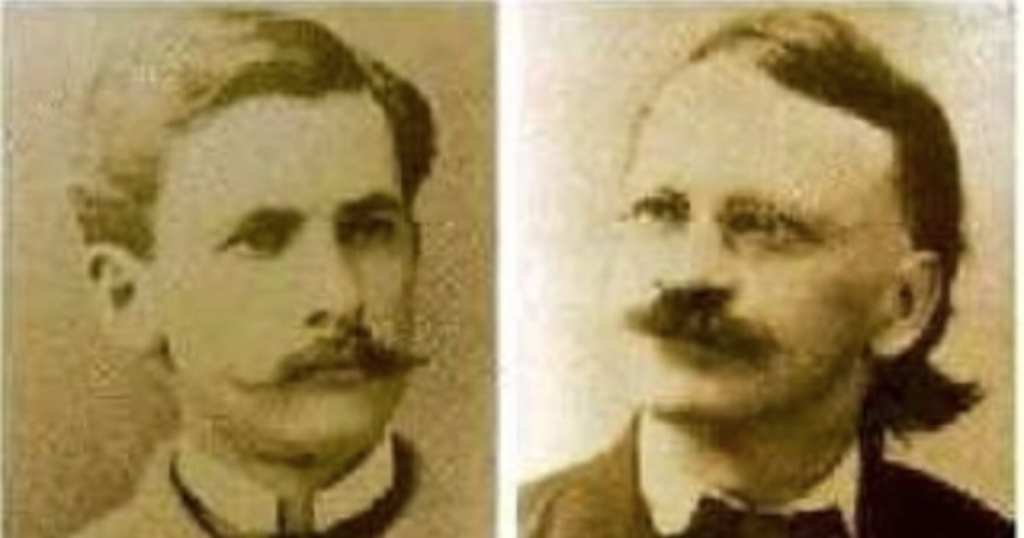Usually, scientists (and other people) assume that if they ever get famous it will be for doing something right – but in the case of the Michelson-Morley experiment, those involved are forever going to be remembered for conducting the worst (best?) failed experiment in history.
Then again, if you end up changing literally everything in your field, was your experiment really a failure at all?
Here’s what happened.
https://www.instagram.com/p/9l19zCDx_x/
At the beginning of the 19th century, scientists weren’t sure whether light was a wave or a particle. In 1801, Thomas Young (thought he) settled the debate with his double-slit experiment, in which he shined a light through two slits cut into a notecard aimed at a wall. Since he produced a pattern of dark and light bars as opposed to just two slit-shaped patterns, he concluded that light could not be a simple particle.
That said, no one could figure out what medium the wave was traveling through – the substance that made up the universe. Some physicists called it “ether” – matter that could be found everywhere but that wouldn’t interact with its physical counterpart at all.
In 1887, physicists Albert Michelson and Edward Morley set out to prove that “ether” only existed to carry light waves.
https://www.instagram.com/p/BHV_vOUjImp/
Let’s start here – with ether “wind.”
Just like when you’re driving a car and stick your hand out the window, the “ether” should be flowing over the planet’s surface at rate similar to the speed of Earth traveling through space.
Michelson and Morley built a device called an interferometer, which uses what amounts to a one-way mirror to split a beam of light, reflecting half of it at a 90-degree angle down one tunnel and allowing the other half to pass through down another tunnel.
Then, both light beams are reflected against mirrors again, placed at the end of each tunnel, and at the end, the beams are measured by a detector.
Fun fact: advanced versions of their devices were used to detect gravitational waves for the first time back in 2015.
https://www.instagram.com/p/B7WpBGTJJO2/
If Michelson and Morley were correct about ether, then they would have traveled at slightly different rates, striking the detector at slightly different times. In reality, though, they arrived together.
With the benefit of hindsight, we know that the experiment failed because there is no ether – and that light is both a wave and a particle that always travels at the same speed no matter the direction.
In their failure, Michelson and Morley laid the groundwork for basically all of the 20th century’s most influential scientific thinkers. Their failure to detect ether presented a new and exciting problem for physicists and other scientists to tackle – and solve – in the years to come.
So the next time something doesn’t work out the way you thought, take heart – this is solid proof that we can always learn at least as much from our failures as our successes.






